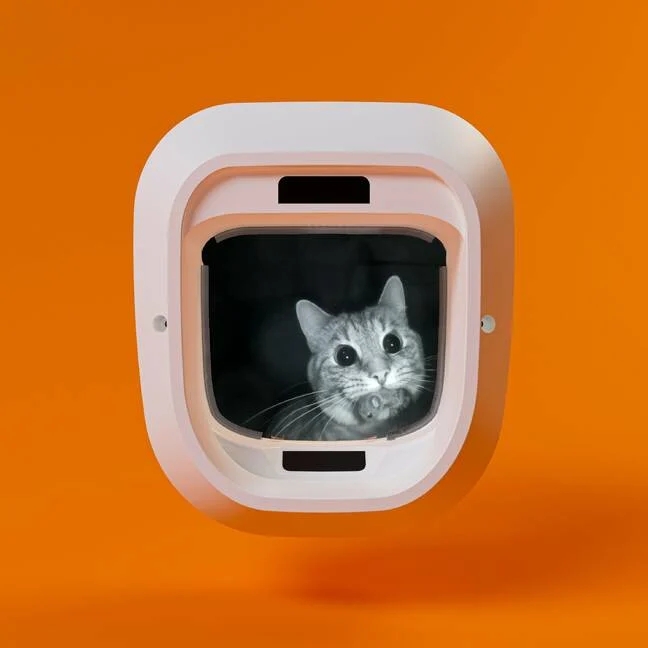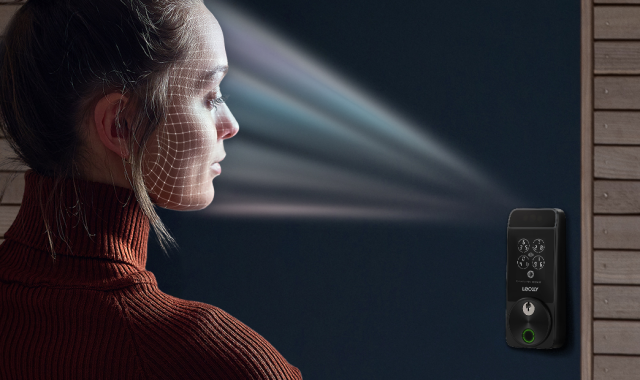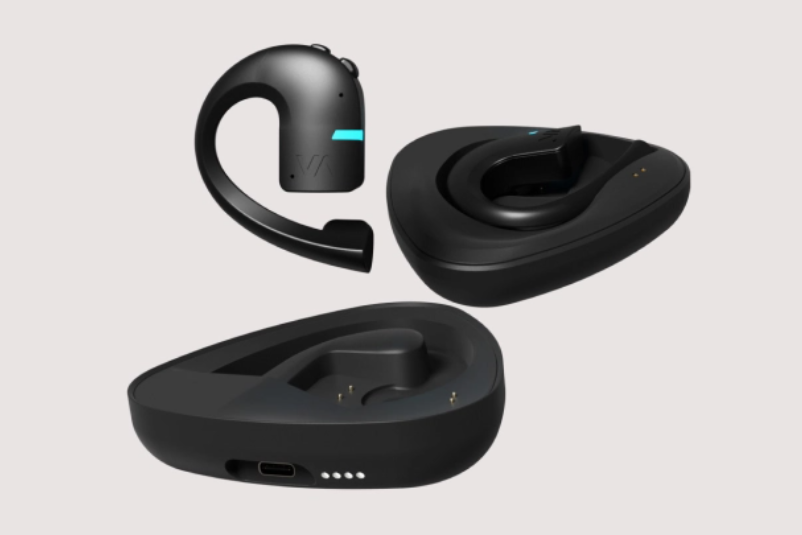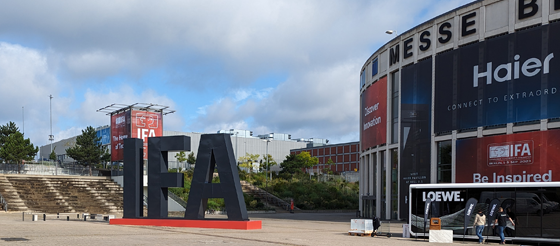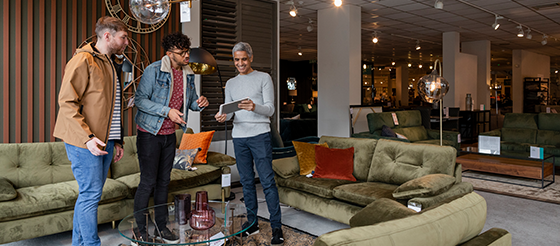Shopping online became the de facto route to market for consumers in 2020 driven by necessity due to store closures. The ONS reported the proportion of online retail sales peaked at 38% in January 2021 vs 20% the year previous. While the average sales split has returned to 26% since this peak, the manner that both experienced and less experienced online consumers engage with brands and retailers, across multiple channels, has rapidly evolved. With considered purchases, in particular technology but not limited to this, it has sparked a greater importance for a brand’s omni-channel customer journey. This in turn has encouraged a race for retailers to enhance their operational agility in e-commerce to remain competitive and appealing. To play in the e-commerce space is not to simply offer a transactional site online but a well-considered data stack that ultimately understands the customers’ needs at each touchpoint and marries them up to the retailer’s unique proposition.
Further market uncertainty in 2023 continued to drive evolving consumer behaviour. This will continue in 2024 as retailers brands adapt their strategies to convert on the now normal, lengthening online consideration phase due to squeezed budgets. Retail website traffic is increasing year on year, and mobile as a share of that is also increasing. The purchase cycle is likely to lengthen, becoming normal, as consumers sit in the consideration stage for longer across multiple touch points. This is likely to increase as we shop on mobile devices cluttered with a multitude of content at their fingertips, from social media, bloggers and reviews.
Offsite and onsite content needs to meet the demands of the consumer, wherever they are on their route to purchase. Here we have highlighted three key elements brands can focus on to drive audience engagement and discoverability on partner retail e-commerce, increasing operational agility to succeed amid uncertain market factors.
The potential of data in e-commerce
As known, Google will in a bid to make the web more private, phase out all third-party cookies by the end of 2024, currently deprecated for 1% of Chrome users as of January 2023, which represents approximately 30 million users. This move restricts the ability to track a user’s activity across multiple websites and in turn, the major resource for marketing and sales teams to personalise and deliver targeted ads. The implication for retailers and advertisers alike that rely on paid media via 3rd party cookies to target consumers and measure brand and sales impact, is about to reshape how marketing and advertising works online.
Retailers are looking to harness and better optimise their consented 1st party data to offer better solutions. The potential is positive due to the relevance of data and the control retailers will have to improve the quality of ads and personalised experiences. To realise the full potential, retailers using data as a platform to form stronger partnerships with brands and suppliers will likely uncover a better understanding of their customers and shape the narrative.
Whether it be brand-building initiatives or first-party cookies direct from transactional sites, retailers will be mindful to sensitively use the data they have on their customer’s behaviour. The current reality is low metric transparency from retail websites to the brands as retailers increasingly look to monetise their online store to brands. This highlights the importance of growing data and insight models in synergy with a brands growing media portfolio, to ensure brands see their platform as a viable solution to learn from the consumer, in a trustworthy way, to better serve their customers.
Data unlocking Retail media potential
Retail media is a rapidly growing medium of advertising on retailer e-commerce sites. Global advertising revenue is forecast to exceed television revenue by 2028 and account for 15.4% of total ad revenue. Brands are following the consumer shift to digital commerce with the added appeal of reaching consumers with personalised advertising within the category. Retailers enable varied promotional formats and tools on their owned channels and sell inventory to brands and in turn boost profitability. The benefit to brands is to show up across multiple touchpoints in both physical and digital shopping environments. The ever important omni channel journey demands content that strikes the right chord, wherever the brand is consumed. Continuity of the consumer’s purchase journey with consistent brand messaging, is proven to likely lead to increased trust and confidence to bring the consumer closer to a purchase.
Retail media networks sit in the transactional channel and so appeal to bring brand messaging closer to the point of sale. An ideal touchpoint for brands to engage with their prospective customers and brand awareness amongst the target audience since visits to a retailer’s website or store is not solely to purchase but also to research the products available to them. Tech stack will drive improved accessibility and likely standardise as the shift to retail media grows. Unlike traditional TV, which retail media is set to surpass, the measures and ROI reporting available from purchase behaviour and browsing trends will in turn elevate the brands demands for transparency in metrics and insight.
The race to play in the retail media network space and maximise inventory can potentially de-prioritise the partnership of data and insight to brands. This should be guarded with caution, as retail media supply increases so will the standardised retail media and brands expectation to manage campaigns across multiple networks. Retailers with considered campaign control and insight reporting will unlock the potential of the data to truly drive innovation in the space and grow brand partnerships.
Digital shelf analytics to track e-commerce on site performance
Understanding the full potential of data and highlighting channels in e-commerce to understand consumer needs and trends only stand up with considerable thought into the digital shelf. Brands need to be discoverable quickly on listing pages and relevant search terms, showing up with accurate and consistent content across multiple retailers, customer reviews and how their pricing and promotion strategy stacks up against competitors.
While physical retail has evolved into finely tuned budgets to drive in-store presence, in-store advocacy and inventory management, e-commerce is a lesser-known channel. The digital shelf is the equivalent of someone exploring products in a physical store, the digital experience on a retail site in which consumers discover, learn, compare and purchase products. By first identifying the elements of the consumer experience available with physical retail that e-commerce is unable to match, for example, trained sales colleagues to assist the customer’s purchase decision, we can then identify digital shelf assets to compliment the omni-channel journey. Ratings and reviews from like-minded consumers as well as engaging, informative ‘top features’ videos on product pages will all help close down the sale successfully and are elements that consumers expect to see on e-commerce platforms.
On-site performance metrics are key to measuring impact and shaping activity in the future of marketing campaigns and content to name a few. Along with benchmarking vs competitors on pricing and presence on product listing pages. The valuable source of data on retail sites is a vital cog to brands. Brands should consider investing in a web scraping solution to automate this process and enable their sales and marketing teams to better understand their e-commerce performance both in isolation and against the competition. Like media channels, clear insight reporting of the digital shelf drives understanding of a customer’s interactions and partner retail opportunities.
So as 2024 begins to take shape, brands should be prepared to work closely with 3rd-party retail partners to adapt to the changes coming to cookies and shopper data, as well as exploring retail media opportunities. Keeping track of on-site metrics is also vital, keeping e-commerce managers informed and enabling them to influence their brands’ presence and performance on partner sites.
To read the published article written by Dan Todaro, Managing Director please visit PCR Magazine
Photo from PCR Magazine




